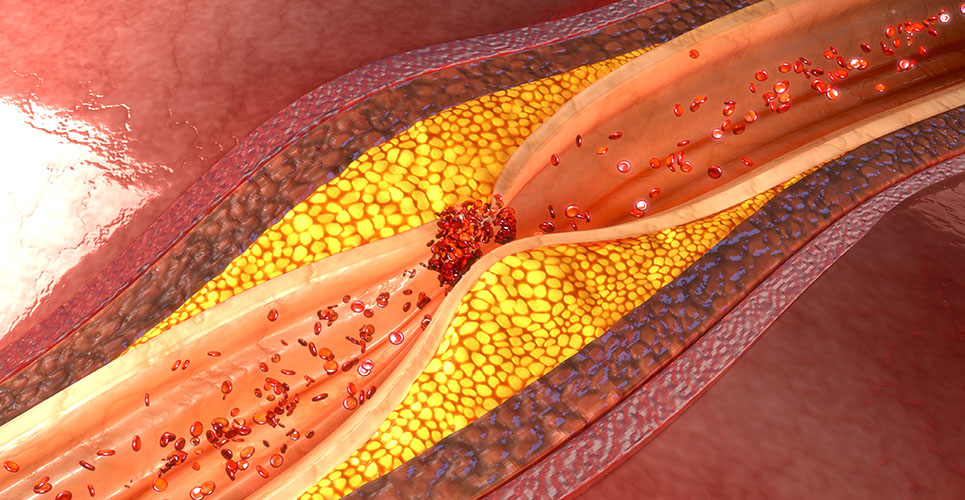teaser
Research found that nine months after a procedure to compare the two, the numbers of deaths, heart attacks and repeat interventions required because of renewed blood vessel narrowing were, found to be the same.
First-generation DES release the drug from a durable polymer, which may be associated with the formation of blood clots (thrombosis) more than a year after implantation.
The new generation DES uses a polymer that is completely degraded into carbon dioxide and water after six to nine months, leaving only the metal mesh behind – and more closely resembling a bare-metal stent.
The role of the drug the DES delivers is to inhibit restenosis, a common problem after stent implantation, whereby excessive tissue forms around the stent and may negate the benefit that it provides.
Professor Stephan Windecker of the University Hospital in Bern, Switzerland, said: “The next stage will be to investigate whether a biodegradable polymer leads to a lower risk of stent thrombosis in the longer term.”
Copyright PA Business 2008

